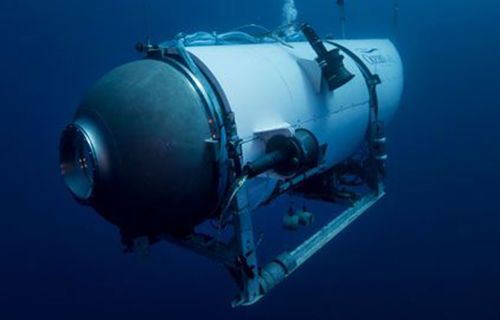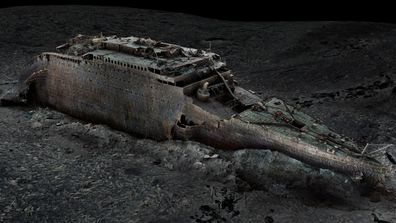The MBI found the “primary contributing factors” to the implosion were OceanGate’s “inadequate design, certification, maintenance and inspection process for the Titan”, a Coast Guard release said.

The ill-fated expedition seized the world’s attention two years ago, when the vessel vanished during a dive to the wreck of the Titanic.
A massive search operation unfolded in the North Atlantic, but the submersible’s mangled wreckage was found on the ocean floor.
Stockton Rush, the founder and CEO of the vessel’s operator, OceanGate; businessman Shahzada Dawood and his 19-year-old son, Suleman Dawood; businessman Hamish Harding; and French diver Paul-Henri Nargeolet were all killed.
Those remains were matched to the five men on board through DNA testing and analysis, the MBI previously said.

The submersible disaster has led to lawsuits and calls for tighter regulation of the developing private deep sea expedition industry.
Jason Neubauer, with the MBI, said that the findings will help prevent future tragedies.
“There is a need for stronger oversight and clear options for operators who are exploring new concepts outside of the existing regulatory framework,” he said in a statement.
Investigators found that the submersible’s design, certification, maintenance and inspection process were all inadequate.

Detailed 3D scans show Titanic’s final moments
A Coast Guard statement said OceanGate also had a “toxic workplace culture”, and its mission was hindered by lack of domestic and international framework for submersible operations.
Numerous OceanGate employees have come forward in the two years since the implosion to support that claim.





